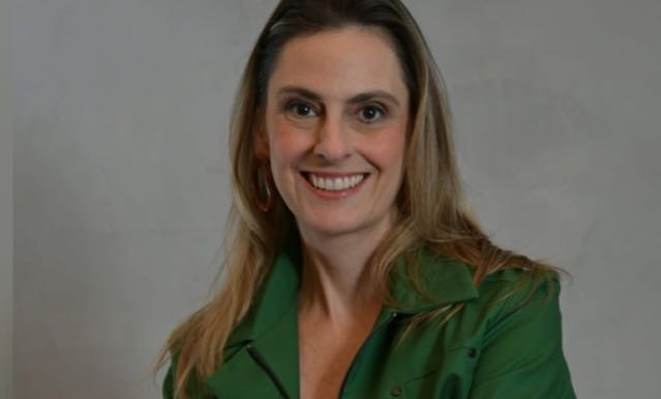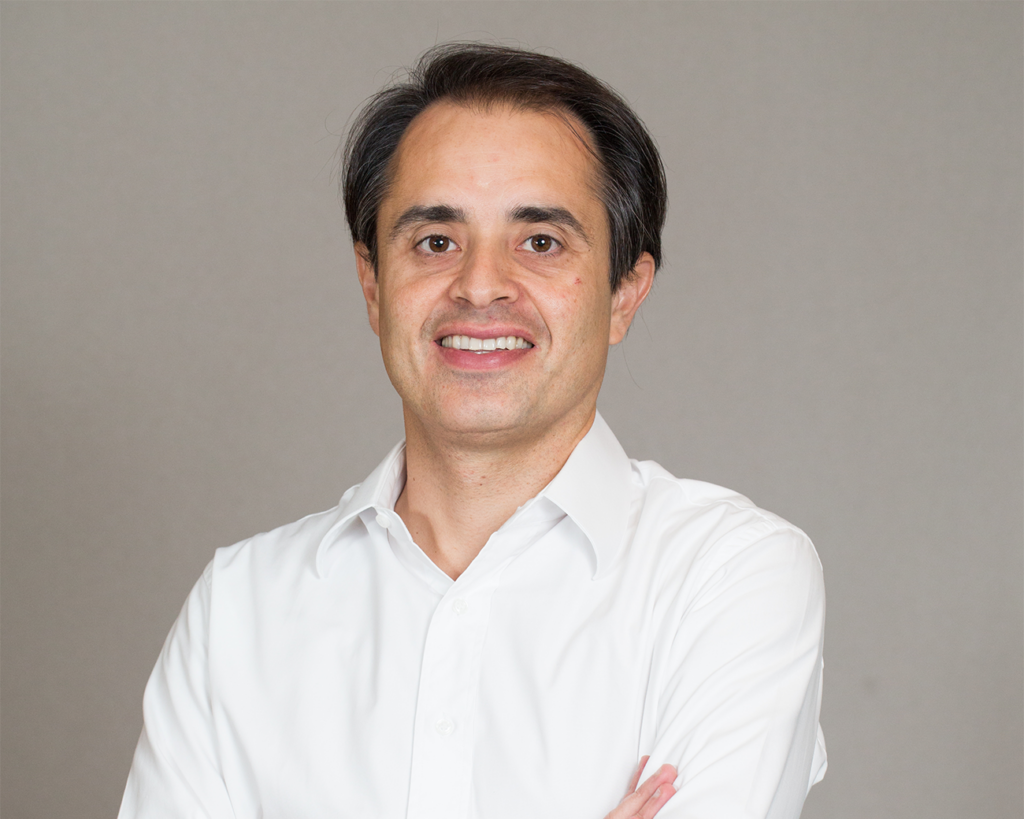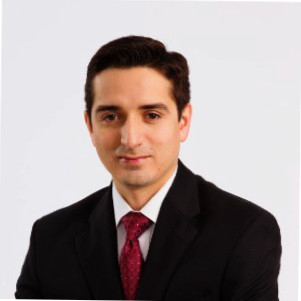Member Profiles
An Interview with leaders of HSBC Capital
16 November 2010

The Latin America PE/VC Report spoke with Cristiano Boccia, Head of Private Equity at HSBC Bank Brazil and Stephen Hindmarch, Managing Director of HSBC Capital about its current strategy for private equity investments in Latin America and the effects of a possible spin-out from HSBC Bank.
LAVCA: Please give us some background about HSBC Capital. How many funds do you operate, and what is your geographic and sector focus? What are your assets under management?
Hindmarch: HSBC Capital was formed in 1991 by executives who are still part of the current team. Today, we manage in excess of $1.6 billion in capital commitments, which include substantial funds from third-party investors alongside HSBC proprietary capital. We manage different PE strategies, including fund of funds, mezzanine, real estate and direct private equity. We cover the US and Latin America. We do not have a sector focus and tend to be opportunistic. Since 1991, we have invested in over 60 direct private equity deals.
LAVCA: HSBC Capital launched the Latin America program in 2007 with a pan-regional focus. Which geographies and/or sectors are most interesting to you right now? Why?
Hindmarch: In 2007, we successfully launched two Latin American private equity products: a fund of funds and a direct private equity fund, both strategies with a pan-regional focus. Our main focus is on Brazil and Mexico, which today account for two-thirds of our fund. The other main countries include Chile, Colombia, Peru and Argentina. In terms of sectors, we are opportunistic, but have broad sector themes. We like consumer related sectors that have benefited from increasing purchase power of the middle-class. These sectors would include consumer products, food & beverage, education, healthcare, and retail. We also like service companies in the value chain of the commodity and oil & gas industries, where Latin America countries have a competitive advantage.
LAVCA: What is your ideal investment size and why?
Boccia: We invest in the middle market. The ideal check size for us is between US$5 and US$20 million. We do both minority and control investments. We believe that this segment offers superior returns due to scarcity of funding, less competition, less efficient markets and the opportunity for multiple expansions. We also take advantage of proprietary deal flow from the bank. HSBC is currently one of the leading lenders to middle market companies throughout Latin America.
LAVCA: You recently noted that companies seeking growth equity were more attractive investments than venture or early stage. Why?
Boccia: We do not mean to say that one strategy is necessarily more attractive than the other, on a risk/reward adjusted basis. We just do not do venture as part of our investment strategy. Each strategy requires a set of investment skills, value add initiatives and deal flow. We focus on companies that passed their validation phase, and are now in their growth/transformation phase. Our focus is on profitable companies that are looking for cash-in capital and a partner to support them to grow into larger and more institutional businesses. They tend to be family owned businesses or spin-offs from larger groups.
LAVCA: How many investments have you made in the region? What is your most recent investment and what unique actions are you taking to add value to the company from an operation standpoint?
Boccia: We have made six investments so far in our direct private equity fund. We should announce our 7th deal over the next month. Our last investment was made in Cerealle, a food ingredient producer in Brazil. The company is a classic family owned business run by its founder, a very successful entrepreneur. Since our investment, we have implemented several corporate governance initiatives, including a board with independent members, internal controls and appropriate board committees. We are also bringing new talent to the team including a new CFO and a new marketing director. As part of that effort, we have designed a variable compensation plan and a stock option plan to motivate current employees. We are working on a new ERP system to improve financial information.
LAVCA: Your management is in the process of buying 80% of the business from HSBC. Is this a result of the Volcker Rule?
Hindmarch: In June, HSBC announced that it is in discussions with the management teams of its private equity fund management businesses in Hong Kong, UK, USA (which includes LATAM), Canada and the Middle East. These conversations are expected to lead to five separate management buy-outs. We cannot provide much more detail at this stage. These discussions are ongoing and further announcements will be made as and when appropriate. Completion will be subject to regulatory and other approvals.
LAVCA: Do you expect that your investment strategy might change as a result of the spin out from HSBC?
Hindmarch: The focus on our Private Equity will remain unchanged, regardless of when/if we spin off. We already operate as a separate division within the bank and currently manage third party money alongside bank capital. We will continue to focus on the middle market with a pan-regional approach.
LAVCA: You’re planning to fundraise in the first half of 2011. What types of LPs will you target?
Boccia: We have done seven deals in our fund so far, and the goal is to have a well diversified fund with approximately 10 portfolio companies. Therefore, we still have capacity to close a couple more deals before we launch our second fund. The goal is to start the process within a year. The LP base of the new fund will be similar to the current fund, and include institutional investors and individuals, mainly family offices.
LAVCA: What is your long term strategy for investing in Latin America, say over the next 5 years?
Hindmarch: We have had a long term commitment to the region and believe that the prospects for private equity in Latin America are very promising, due to a stronger capital market and increasing LP appetite. We will continue to invest in solid middle-market companies and support them to grow into larger enterprises. We are not short-term financial engineers. We are in the business of backing management teams and building sustainable businesses. That will remain our strategy in the long-term regardless of the overall investment environment.
LAVCA: In your opinion, what is the greatest need for regulatory reform with regard to private equity in Latin America?
Hindmarch: One of key reforms that would positively impact the private equity industry is with regard to the local pension fund investments in alternatives. Despite the recent inflow of foreign capital and international appetite for PE in Latin America, the private equity industry penetration in the region is still relatively small. A larger local LP base would help bridge that capital gap, and support the asset class in the long term.
You may be interested in...
-

Luciana Antonini Ribeiro, eB Capital
Executive: Luciana Antonini Ribeiro, Co-Founder and CIO Member Name: eB Capital Year...
-

Cristiano Gioia Lauretti, Kinea Private Equity
Member: Kinea Executive: Cristiano Gioia Lauretti, Head of Private Equity HQ: São...
-

Maria Pia Iannariello, MGM Innova Capital
LAVCA recently spoke with Maria Pia Iannariello, Co-Founder & COO of MGM Innova Capital,...
-

Rafael Ramirez, Portfolio Manager, Alaska Permanent Fund Corporation
LAVCA recently spoke with Rafael Ramirez, Portfolio Manager– Private Equity &...
